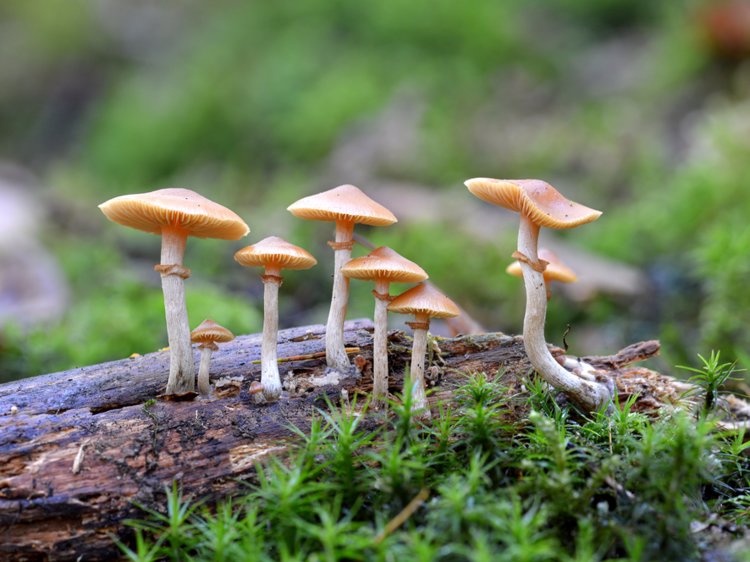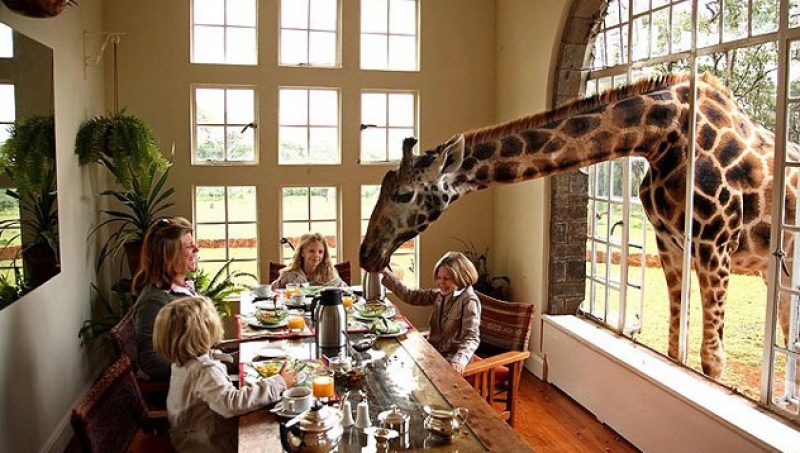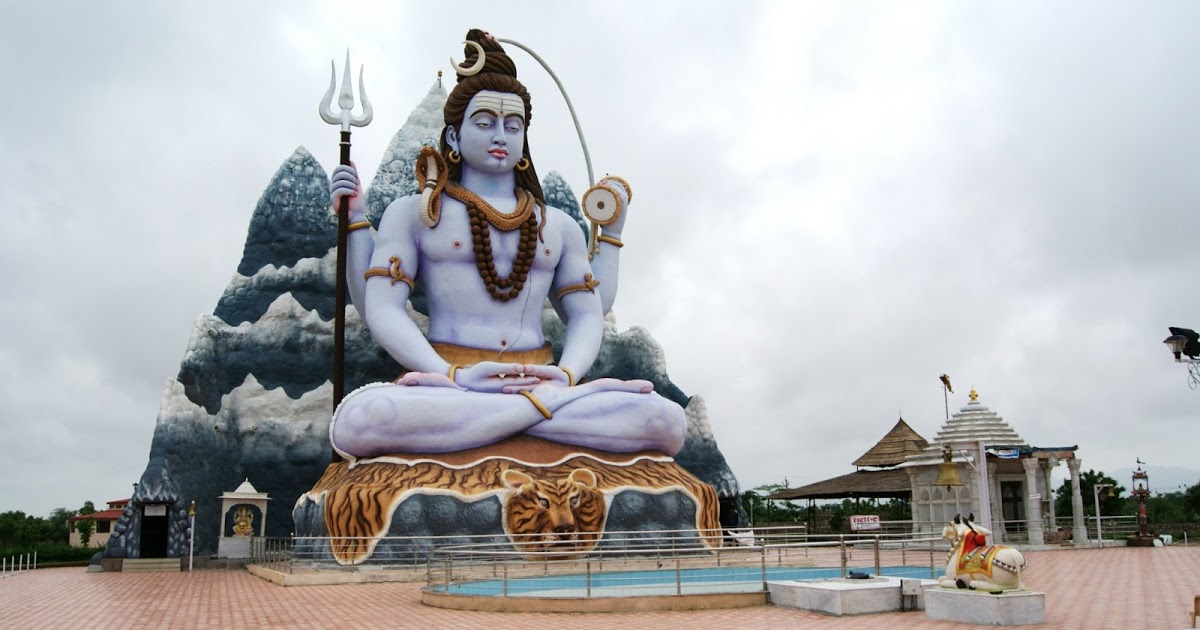
Amer Fort: Discover the Royal Legacy of Rajasthan- Ngtraveller
Spread over an area of 4 square kilometers, this fortress palace is a charming reminder of the royal era and its grandeur. What makes Amer Fort even more remarkable is its hilltop location, making it an all-time favorite tourist spot. The castle is known by many names, including Amer Ka Kila, Amber Palace, Amber Castle, and Amer Palace. Despite its name, Aamir Palace was the residence of the Rajasthan royal family.

Amer Fort: History
The history of Amber Fort is quite remarkable, dating back to 967 AD. Alan Sain, ruler of the Chanda clan in Minas, was the first to build the fort, and they were also responsible for settling Amer.
Fast forward to 1592, when one of the Nine Jewels of Emperor Akbar (Navratna), Raja Man Singh of the Kashwaha clan, built Aamir Ka Kila on the remains of the ancient temple.
Also Read: How to book sustainable accommodation while travelling- Ngtraveller
During the reign of the Rajput rulers, the fort was constantly renovated. Sawai Jai Singh, a descendant of Raja Man Singh, completed the recent additions to the Amber Fort and built the Amer Palace as we know it today.
As the capital of the kingdom was later moved to Jaipur, no further renovations were made to the fort.
Curious why Amer Fort is also known as Amber Fort or Amber Palace? Well, the story behind the name is quite interesting. The kingdom was formerly known as Dhundhar, and the capital was named Ambekeshwar, in honor of the Amba Mata temple, which was built on top of a hill. Later, the name of the capital was shortened to Amber, and then to Amer, as it is known today.

Amer Fort: Architecture
Amer Fort is built with red and white sandstone and marble, a perfect combination of Hindu (Rajputana) and Mughal styles. From the top of the hill, the fort flaunts its colorful and vibrant designs.
One of the main attractions of the palace are the carvings of Hindu deities on the walls and ceilings.
The Amber Palace is divided into four sections, each known as a courtyard. The entrance gates in the palace courtyards are designed with beautiful Rajput structures that add character to each gate.
Also Read: 5 Places to Stay in Kaziranga National Park- Ngtraveller
The palace features fascinating buildings such as the Sukh Mandir, the famous Ganesh Pol, Sheesh Mahal, and many more that we will cover later. A step inside the palace takes you back to the glorious era of the Rajput kings, where you can see the luxury in which they lived.
Paintings of famous Rajput rulers and ancient hunting methods adorn the palace walls, giving it a vibrant look, but a deeper look reveals the Rajput culture of ancient times.
Amber Palace overlooks Maota Lake, which was once Amber Palace's main water supply. The view of the lake and the lush green garden add a relaxing charm to the place.
Amer Fort: Today
Today, Amer Fort ranks among the top tourist attractions in Jaipur. The palace's rich history, combined with the scenic beauty of its location, attracts visitors from around the world. It has also been designated a UNESCO World Heritage Site. The fort is also a favorite destination for Bollywood filmmakers for filming period films, with appearances in such films as Jodha Akbar, Baji Rao Mastani, Bhool Bhulaiya, and many more. You can visit the palace by paying the Amer Hosoun ticket. Many shops around the fort sell beautiful Rajasthan handicrafts and home decor.

Amer Fort Light and Sound Show
The play of laser lights on the fort walls is a must-see accompanied by stories from the Rajputana era of Fort Amer. This show highlights local folklore and legends and celebrates folk music musicians, giving us a taste of the glory of Rajputana. The display of light and sound in a dark-hued atmosphere creates a surreal experience.
Also Read: 10 Best Places for A Destination Wedding in India- Ngtraveller
The performance takes place at Kesar Kyari, on Maota Lake, at the foot of Amber Fort. It is recommended to arrive at least 25 minutes in advance. Outdoor seating, water on three sides of you.
Amer Fort: Best Time to Visit and Time Required
If you really want to enjoy the amazing Amer Fort, make sure you have at least 3 hours available.
It is best to visit the castle around 4pm, when the sun is not directly in the sky but there is still enough light to explore.
After exploring the castle, climb to the top for a breathtaking view of the beautiful sunset. You can then eat while you wait for the sound and light show to begin.

Things to See at Amer Fort
It will take you more than 3 hours to explore this wonderful castle. These are some of the must-see attractions of Amer Fort.
Suraj Paul: the entrance gate of the fort. This winding road is frequently used for the historical setting of many Bollywood movies. You can ride an elephant to get here.
Galeb Shook: the first main courtyard of the castle. Previously it was used as a gathering place for soldiers. Jaleb Chowk is home to the famous Shila Devi Temple, famous for its animal sacrifice rituals - a short set of steps will take you to the second courtyard of the fort.
Ganesh Pol: Due to its artistic excellence, it is the most popular Instagram portal in Amber Fort, Jaipur. It is also the main gate of the palace and has small windows that were built for the royal women to see.
Deewane-E-Aam: General Audience Hall. This is right in front of Ganesh Pol. This is the palace where the king addresses the common people and listens to his complaints.
Jai Mahal (Deewane-E-Khas and Jai Mandir): The beautiful Deewane-A-Khas Hall was decorated, a hall intended for the public, in which private and exclusive encounters with the king were held. The famous magic flower of Mahal can be found on the pillars of Deewane-E-Khas. Jai Mandir is another part of Jai Mahal that was used for relaxation. It also has showers with tulle curtains.
Sheesh Mahal: The Sheesh Mahal is the most talked about and visited section of the palace. A candle lights up the entire palace and the ceiling looks like a night sky filled with twinkling stars.
Sukh Niwas: It is the resting place of the king, located directly in front of the work room. Along the Sukh Niwas were the chambers of the various queens of the king.
Zina Mahal: This is where the queens and women of the royal family resided. The outer courtyard was the resting place of queens and kings. Each of the rooms at the Zeena Mahal has its own kitchen and living area. You can think of them as real row houses.














